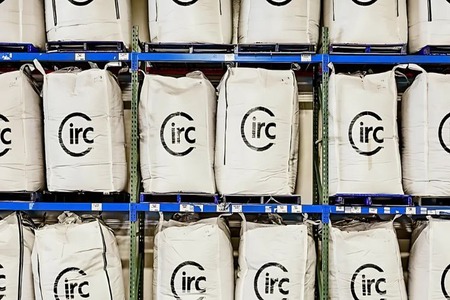TPP world's biggest trade deal will have both winners and losers
YarnsandFibers News Bureau 2015-07-30 11:30:00 – USTrade representatives kicked off talks on Trans Pacific Partnership (TPP) in Hawaii on Tuesday, with a July 31 deadline looming on the trade agreement that covers 12 countries and 40 percent of the global economy. The deal has been five years in the making but contrary to previous talks, optimism is high for an agreement this time around.
Tami Overby, senior vice-president for Asia at the U.S. Chamber of Commerce (USCC), told CNBC on Tuesday that sentiment is very positive. As he has spoken to negotiators from the U.S. and four other countries and people are excited, they really see the end in sight.
The biggest winner of this TPP will be Vietnam as foreign investors start to flood the country. Number two might be Malaysia and number three is Japan, said Deborah Elms, executive director at Asia Trade Centre.
The Peterson Institute of International Economics (PIIE) echoed Elms in a recent report, citing tariff-free access to U.S. markets for apparel and footwear, Vietnam's top exports, compared to the current 17-32 percent tax range.
That's expected to boost exports to the U.S—already Vietnam's largest export market—and dramatically increase foreign direct investment inflows in a country with the lowest per capita income among TPP members.
PIIE also notes that Vietnam would see the largest percentage income gains and export increases out of all countries at 13.6 percent and 31.7 percent, respectively.
Malaysia does not yet have bilateral free-trade agreements (FTAs) in place with the U.S., Canada or Mexico, so it should be another key beneficiary of a TPP agreement.
The TPP deal would provide Malaysian exporters with enhanced access to the entire North American market, and would also improve Malaysia's attractiveness as a hub for North American investment inflows, said Rajiv Biswas, Asia Pacific chief economist at IHS.
For Japan, the opening of services markets is a major advantage, explained Elms of Asia Trade Centre. A TPP deal would open the services markets of each member nation to one another, and because Japan's services sector is relatively uncompetitive, it has a lot of room to grow, she said. That means all kinds of services markets that have been problematic for foreign investors to penetrate should be open, including logistics, distribution and warehousing, as well as travel, tourism, and food and beverage.
Moreover, the combined impact of the TPP and a potential FTA with the European Union could substantially lift Japan's long-term growth rate, according to Biswas.
On the other hand Non-TPP members are expected to bear the brunt of losses due to the impact of trade diversion, where countries prefer to export to their FTA partners rather than non-participating countries.
The trade diversion effect of the TPP fall mainly on China, PIEE said, adding that exports would be 1.2 percent lower in the case of a deal compared to without.
As Vietnam benefits from increased market access to the U.S., other Asian exporters of textiles and clothing may hurt. Bangladesh, Cambodia, Pakistan, and Sri Lanka are also expected to suffer negative impact effects from trade and investment diversion in the textiles and clothing industry towards TPP members, notably Vietnam, Biswas added.
India is also expected to suffer as Vietnam gains. While New Delhi has a relatively well-diversified export sector, textiles and clothing industry still accounted for 13 percent of total merchandise exports in the 2014-15 financial year.
However, the European Union isn't expected to be impacted greatly: It already boasts a number of FTAs with Asian economies and is currently negotiating one with the United States, PIIE said.
But if no agreement is signed by this weekend, countries will have to wait until after the next U.S. presidential election in 2017. By then, who knows what will have happened? This deadline is truly a real deadline [compared to previous ones] because the window is essentially shut, Elms said.
Previous TPP talks have been repeatedly stalled by sticky issues including generic drugs, agricultural subsidies and dairy exports, but experts say it's now or never for negotiators.
However, there's always the possibility of negotiators inking an in-principle deal and then working out the details later, Overby added.
Market Intelligence
Ask for free sample Report

experience
Customer Base
dedicated team
Countries Served Worldwide









